The aquatic invertebrates are represented by different phyla of animals that have no backbone and live in both fresh water and salt.
However, most of these animals are marine, like sponges, jellyfish, crabs, among many others.
Aquatic invertebrate animals can be found all over the planet, mainly for their variety of species and habitat.
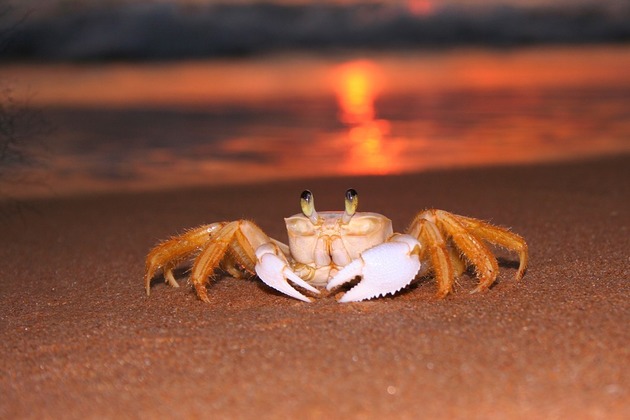
Marine Invertebrates
In the marine environment, animal communities can be divided into three groups, according to their ability to move. They are: plankton, necton and benthos.
Find out below about each of these groups and some examples of animals.
Plankton
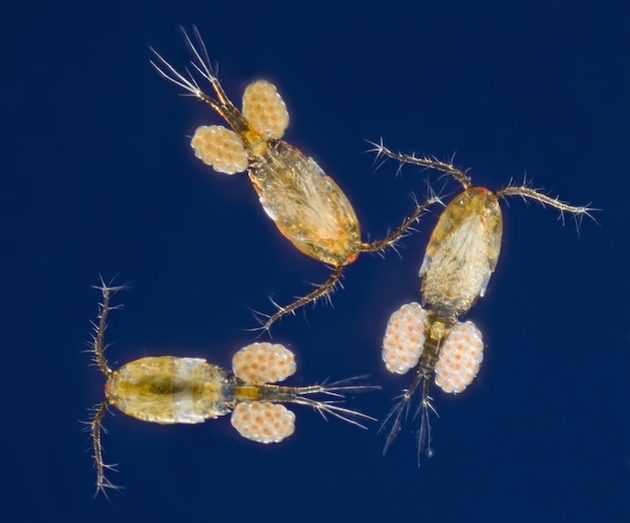
The plankton is composed of animals floating on the water mass passively, being carried by sea currents from one side to another. They are pelagic beings, that is, they float without having contact with the substrate. They are divided into zooplankton and phytoplankton.
The zooplankton are heterotrophic beings represented by small crustaceans and larvae of animals, and most of them floating on the continental shelf in search of food.
The phytoplankton are autotrophic beings, or are vegetable plankton, thus serving as food for animals.
The most common examples are copepods , a group of crustaceans very abundant in plankton, in addition to jellyfish and larvae of different animals. Microscopic algae that live on the water surface are also part of the invertebrates of the plankton group
Necton
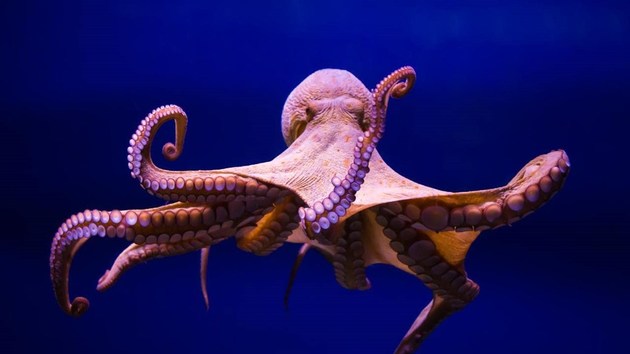
The necton is composed of animals that move freely in the water column, using their own locomotion appendages. They can also become more associated with the substrate or spend most of the time floating around.
Squids, octopuses and jellyfish are animals that either float in the water column or move along the bottom, are predators that feed on fish and other invertebrates.
Some species of jellyfish can be giants with tentacles that reach up to 50 meters, and there are also those that live on the bottom of the sea and shine!
Bentos
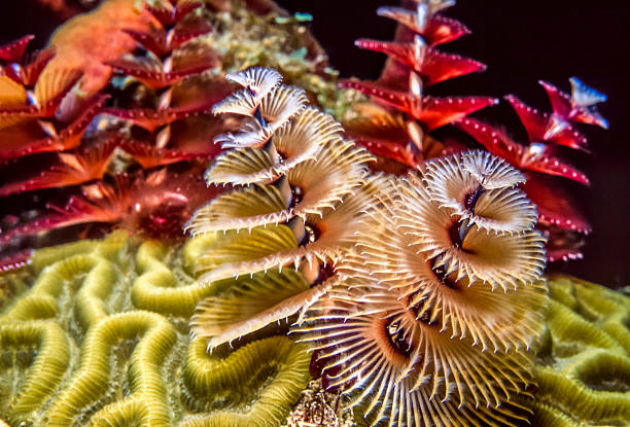
The benthos are the animals that live associated with the substrate, whether fixed or not. Some live buried in the sediment, inside structures that they build or free.
On the seabed near the shore is where the largest variety of marine invertebrates is found, being a true spectacle of colors and shapes.
Examples of benthos are sponges, corals, anemones, starfish, polychaetes, crabs and lobsters, among many others.
Many of these benthic animals move around the bottom in search of food, others live fixed and are therefore called sessile, as is the example of sponges and corals.
Polychaetes are another example of benthic animals, they are annelids (of the same phylum as earthworms) that build tubes that can be partially buried in the sediment or attached to the surface, thus serving as a hole where they live and from which they capture their prey.
Freshwater Invertebrates
Little is known about the organisms that inhabit freshwater, because many of them are extremely small and some even microscopic, which makes it difficult to observe and study them.
In addition, few taxonomy specialists study these beings in Brazil, and most of the existing studies are in the Amazon, South and Southeast regions.
In the waters of rivers, ponds and lakes live mainly worms, rotifers, bryozoans, molluscs, crustaceans, arachnids and insects . Many insects spend part of their life cycle in water and part in the terrestrial environment.
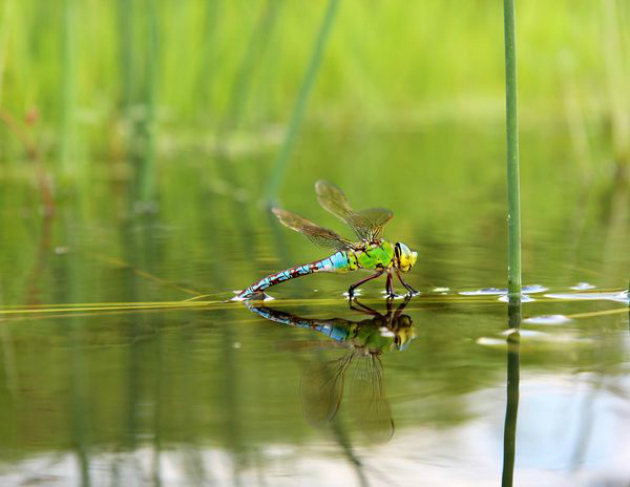
The best known group is the arthropod , having more than 28 thousand species, especially the group of insects such as dragonflies and water flies, which are the species of aquatic moths.
The molluscs gastropods are also subjects of study, as they have about 5000 known species. The most common examples are limpets and snails, with some snails being intermediate hosts of parasites, as is the case with the flatworms of the genus Schistosoma that transmit schistosomiasis .
Another very studied group is the rotifers, microscopic beings that have their mouths surrounded by lashes that move quickly. They are present in almost all lakes, lagoons and rivers and even in puddles of rain. They are free-living animals, present in sweet plankton, but some are sessile (attached to a substrate).

